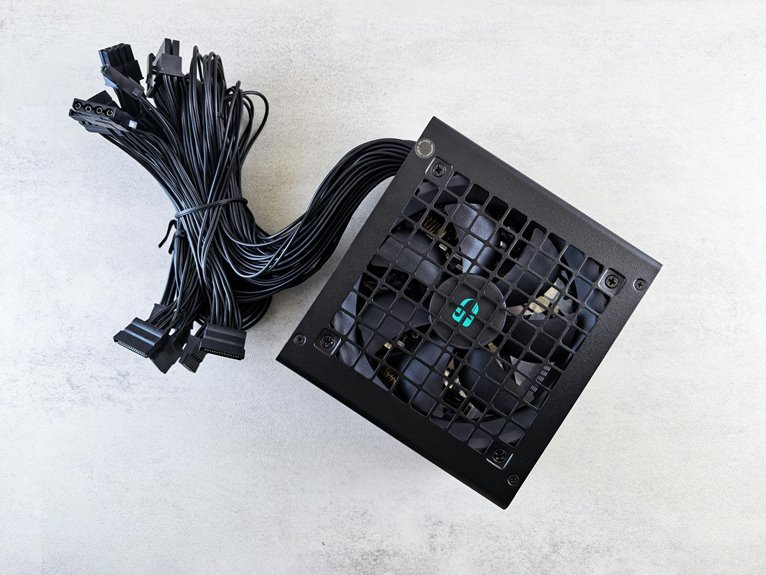Cyber Threat Intelligence Response Unit 8154738909 8774352371 4805662119 4056488531 6614637377 3304307013

In a world where cyber threats evolve at lightning speed, understanding the dynamics of a Cyber Threat Intelligence Response Unit (CTIRU) is essential. You’ll find that these units not only enhance incident response but also identify threat actors and analyze malware. By employing proactive threat analysis techniques, they create a formidable defense strategy. What strategies do you think are crucial for organizations to stay ahead in this complex landscape?
Understanding Cyber Threat Intelligence
Cyber threat intelligence (CTI) is crucial for understanding the evolving landscape of cyber threats and vulnerabilities.
It enables you to engage in effective intelligence sharing, identify threat actors, and analyze malware.
By conducting thorough vulnerability assessments, you enhance your incident response capabilities, mitigating risks from data breaches.
Prioritizing risk management allows you to safeguard your assets against sophisticated cyber threats more efficiently.
The Role of Response Units in Cybersecurity
While the landscape of cyber threats continues to evolve, response units play a pivotal role in mitigating risks and enhancing organizational resilience.
By executing efficient incident response strategies, they quickly identify and neutralize threats, minimizing damage.
These units ensure that your organization remains agile, enabling swift adaptations to emerging threats and bolstering overall cybersecurity posture for a more secure operational environment.
Proactive Threat Analysis Techniques
As organizations confront an ever-changing threat landscape, employing proactive threat analysis techniques becomes essential for staying one step ahead of potential attackers.
By integrating threat modeling, you identify potential attack vectors and scenarios.
Coupled with comprehensive vulnerability assessments, you can pinpoint weaknesses in your systems, enabling you to prioritize defenses effectively and mitigate risks before they escalate into significant security incidents.
Building a Resilient Cyber Defense Strategy
To effectively build a resilient cyber defense strategy, organizations must first understand their unique risk landscape and the specific threats they face.
Conducting thorough risk assessments helps identify vulnerabilities, enabling tailored defenses.
Additionally, establishing a robust incident response plan ensures swift recovery from breaches, minimizing damage.
Conclusion
In the ever-evolving cyber threat landscape, the contrast between vulnerability and resilience is stark. While threats grow more sophisticated, your organization can stay one step ahead by leveraging the expertise of a Cyber Threat Intelligence Response Unit (CTIRU). By embracing proactive threat analysis and robust defense strategies, you’re not just reacting to incidents; you’re anticipating them. This duality of preparation and response ensures that your cyber defenses remain agile, empowering you to thrive amidst uncertainty.





